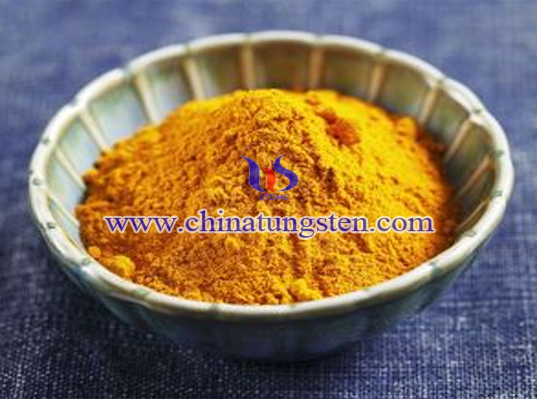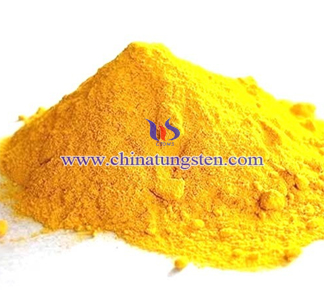Tungsten Oxide Electrospinning
- Details
- Category: Tungsten Information
- Published on Monday, 12 March 2018 10:48
Electrospinning is a special form of tungsten oxide polymer fluid electrostatic atomization. The tungsten oxide split by atomization at this time is not a tiny droplet, but a tiny jet of polymer, which can run for a long distance and eventually solidify into a tungsten oxide fiber.
Electrospinning is a special tungsten oxide fiber manufacturing process in which polymer solutions or melts are jet-spun in a strong electric field. Under the action of the electric field, the droplet at the needle will change from spherical to conical, and the filaments will be extended from the tip of the cone. In this way, nano-sized tungsten oxide polymer filaments can be produced.
The prepared tungsten oxide sensor was heat-treated at 450 °C. By observing that the surface of the tungsten oxide network structure is roughened, the specific surface area of the tungsten oxide gas-sensitive material is increased, which is favorable for improving the response characteristics. As the wavelength of light continues to decrease, the reference resistance decreases and the recovery speed increases. Attributable to the electrospinning tungsten oxide network structure has a high specific surface area, many adsorption sites, in addition to the blue-violet response characteristics.

There are still some problems with the method of using the visible light to irradiate the tungsten oxide sensor at room temperature. If the sensitivity is not high, the response recovery is slower. By rapid heat treatment, the response to oxygen in the light can be improved. Tungsten oxide is heated to 600°C and rapidly cooled at a nitrogen to oxygen volume ratio of 4:1. With a cooling rate of 20°C/s, rapid cooling increases the specific surface area of the tungsten oxide surface, significantly improving the response characteristics and repeatability, and its sensitivity can reach 90.

- Tungsten Oxide Manufacturer & Supplier, Chinatungsten Online: www.tungsten-oxide.com
- Tungsten News & Prices of China Tungsten Industry Association: www.ctia.com.cn
- Molybdenum News & Price: news.molybdenum.com.cn
- Tel.: 86 592 5129696; Fax: 86 592 5129797; Email: sales@chinatungsten.com



 sales@chinatungsten.com
sales@chinatungsten.com